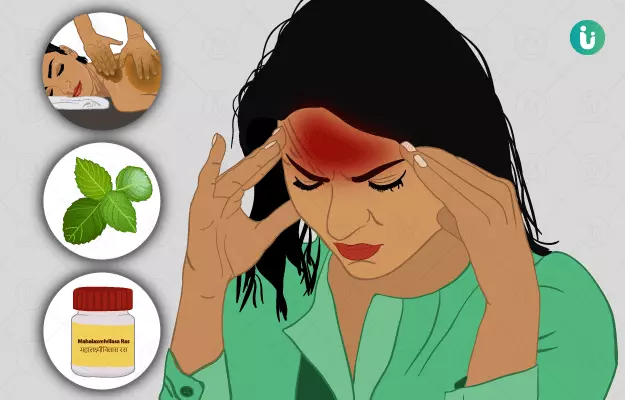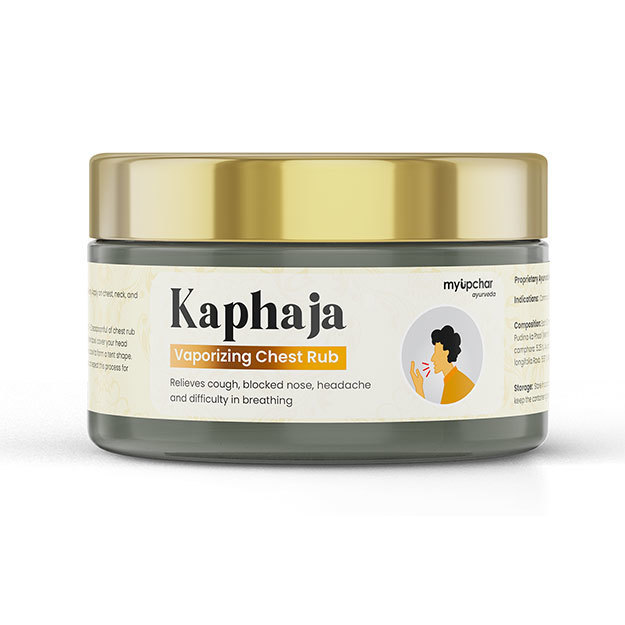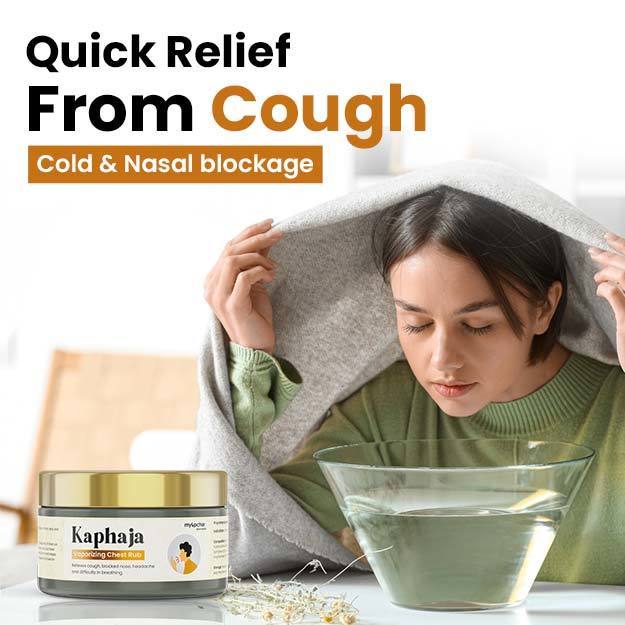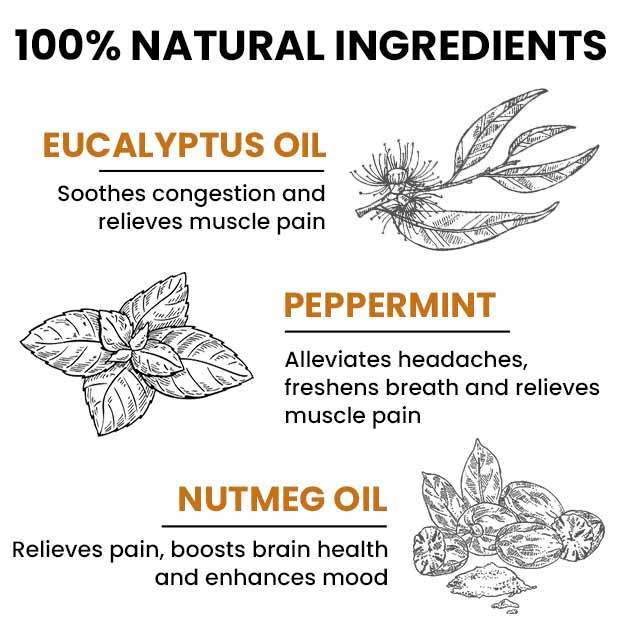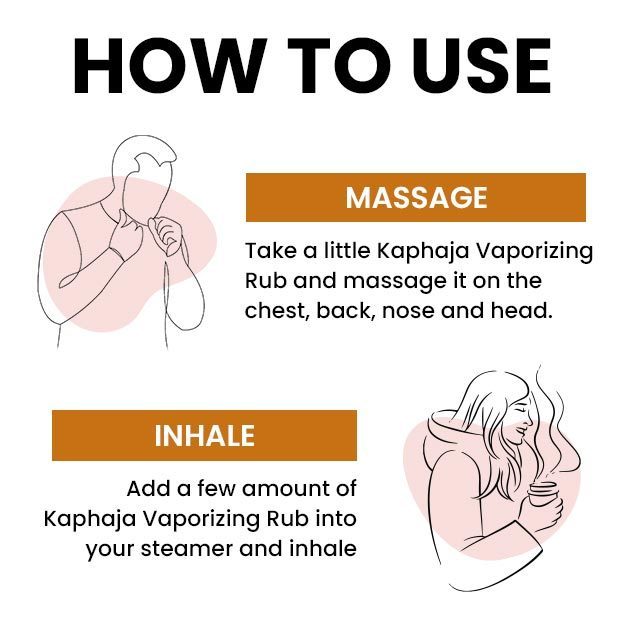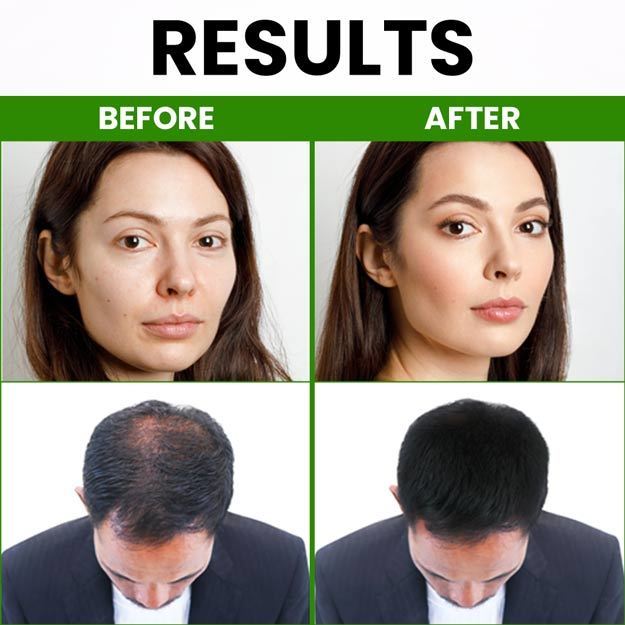Headache, also known as shirashoola in Ayurveda, is a type of shiroroga (diseases of the head). It may occur as a symptom of some underlying disease or as a problem in itself. Shirashoola is classified into eight types based upon the cause and the dosha involved.
Treatments are determined on the basis of various factors like the clinical condition of the individual and doshas that cause the disease. Some of the treatments are basti karma (enema therapy), nasya karma (snuffing therapy), lepa (coating the affected body part with medications), seka (fomentation), snehana (oleation) and shirodhara (pouring medicated liquids or oils over the head).
Physicians may prescribe following herbs for a headache – pippali (long pepper), peppermint, tulsi (holy basil), shunthi (dried ginger), brahmi (waterhyssop) and jatamansi (muskroot).
Medicines that can be used to treat a headache are mahalaxmi rasa, sitopaladi churna, rasona vati and brahmyadi churna.

